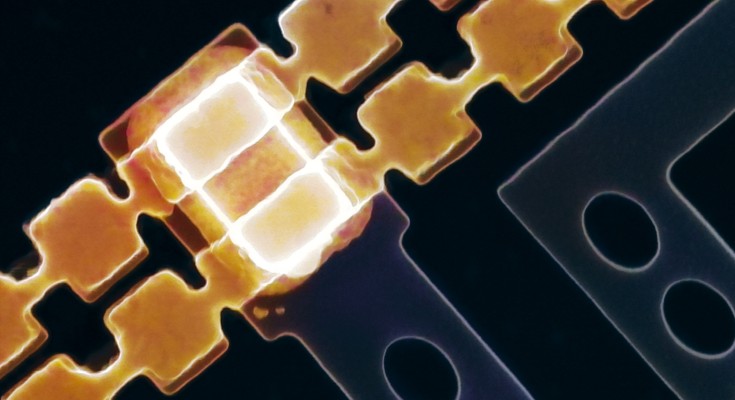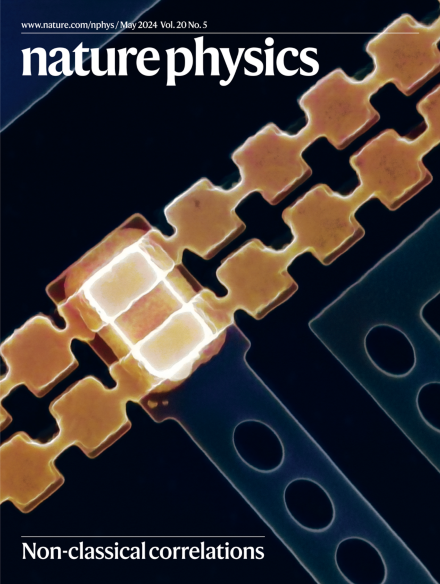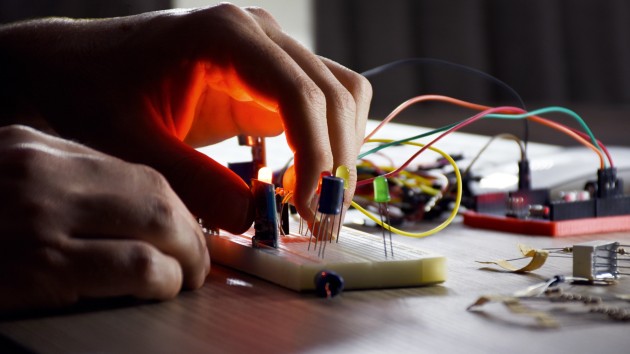
May issue
This month we feature an Insight on cold and ultracold molecules, and examine burning plasmas and fuel gain exceeding unity in direct-drive intertial confinement fusion.

This month we feature an Insight on cold and ultracold molecules, and examine burning plasmas and fuel gain exceeding unity in direct-drive intertial confinement fusion.


A clear picture of how and why cells inevitably lose viability is still lacking. A dynamical systems view of starving bacteria points to a continuous energy expenditure needed for maintaining the right osmotic pressure as an important factor.
